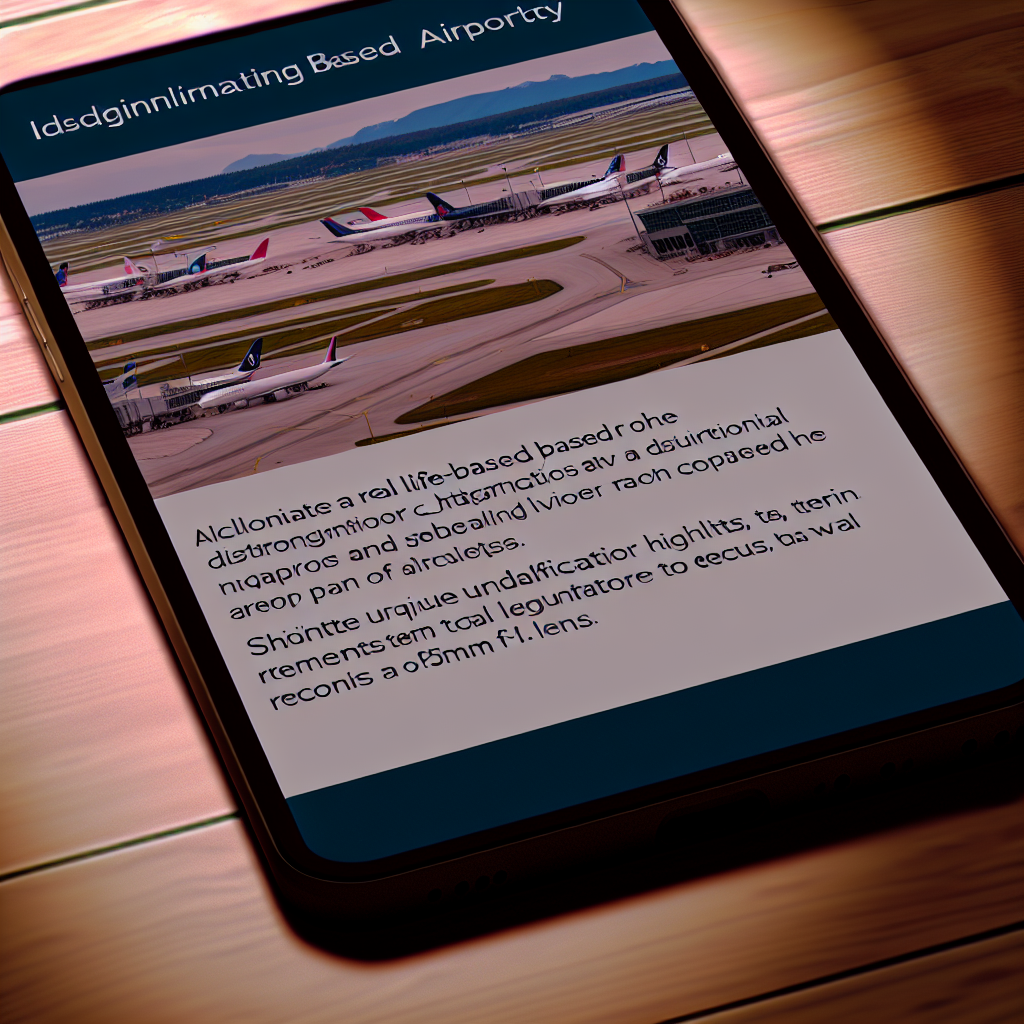Have you ever encountered a mysterious airport and wondered, Can anyone name this airport? Identifying airports can be a fascinating challenge, especially with the numerous unique features and regional distinctions. In this article, we’ll explore key clues that help enthusiasts and travelers alike recognize airports around the world, making it easier to decode their identities and appreciate their significance.
Visual and Structural Clues That Define an Airport
Every airport has distinct visual and architectural features that can provide vital hints for identification. These include terminal design, runway layout, signage styles, and surrounding landscapes. For example, some airports are famous for their futuristic architecture, such as Singapore Changi Airport, which features spacious interiors and unique design elements that set it apart from others. Others may be recognized by their runway configurations—such as the intersecting runways of London Heathrow or the parallel tracks of Los Angeles International Airport (LAX).
Beyond architecture, landscaping and geographic surroundings offer valuable clues. An airport nestled amid mountains, like Medellín’s José María Córdova International Airport, or one situated on an island, like Kansai International Airport in Japan, often signals its location. Recognizing these cues can help you identify the airport even from distant images or descriptions, enhancing your travel knowledge and appreciation for regional differences in airport design.
Iconic Symbols and Regional Features
Many airports are distinguished by their iconic symbols, artwork, or regional characteristics. For instance, Dubai International Airport features extensive luxury amenities and modern aesthetics that reflect Middle Eastern opulence. In contrast, Helsinki-Vantaa Airport is known for its compact, efficient design reflecting Scandinavian minimalism. Regional features like the use of indigenous art, specific airline logos, and signage languages also serve as clues—think of the vibrant colors and patterns used at African airports or the bilingual signs in Canadian airports.
Additionally, airline hubs can provide hints—the presence of particular airlines such as Emirates may point to Dubai, while American Airlines hubs are prevalent in Dallas or Chicago. Recognizing these regional and cultural symbols can transform a simple identification task into an engaging exploration of global diversity in aviation.
In conclusion, identifying an airport often involves observing visual cues, architectural features, regional symbols, and contextual clues related to location and design. By paying close attention to these details, travelers and enthusiasts can confidently recognize airports worldwide. This broader understanding enriches travel experiences and deepens appreciation for how airports reflect their unique regions and cultures, making the challenge of naming an airport both rewarding and educational.
